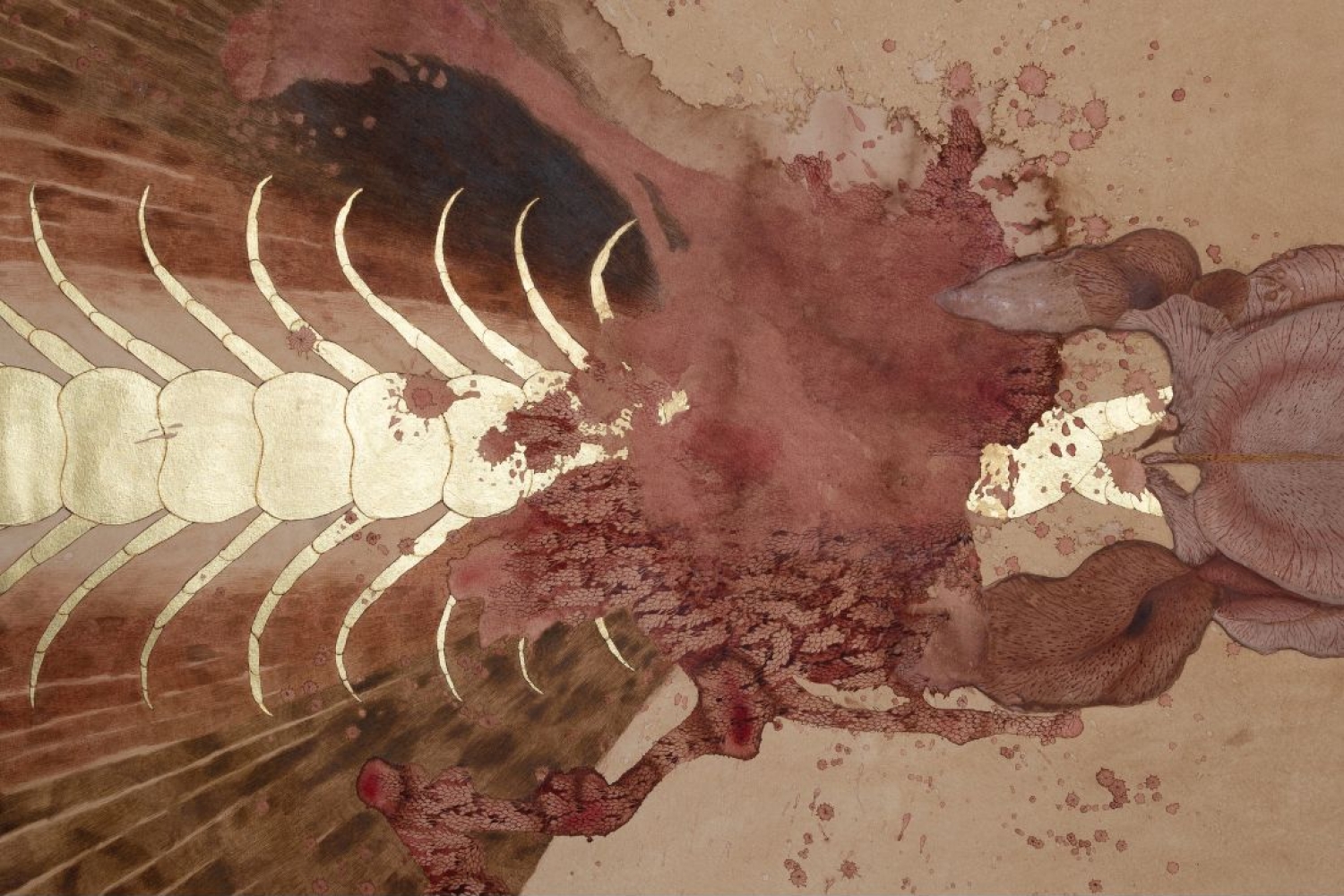

Gulistan by Gopa Trivedi represents an allegorical garden that blossoms with botanical species and hybrid creatures. A hundred and twenty-eight of the paintings, laid out in the format of the Mughal char bagh, depict plants that were not indigenous to the subcontinent but were brought to the Indian shores hundreds of years ago through ancient trade routes, Western Colonialism, or even just floating naturally in the sea.
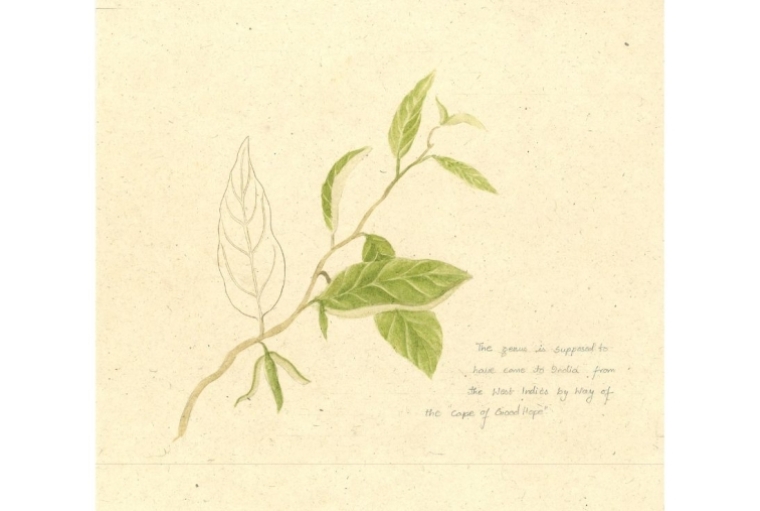
In painting delicate filaments, petals, and seed pods, Gopa looks to the botanical gardens of the 18th and 19th centuries that were once centres of imperial exploration and addresses their implications as a political tool, to in turn inquire into the act of othering and belonging, especially within the current politico-cultural landscape. Through these specimens, painted in the Kampani Kalam, she talks of their absorption into the Indian Naturalia, and how their forged origins, often differing from their historical realities, are now embedded in our collective memory, religious practices, and literature—both classical and vernacular.
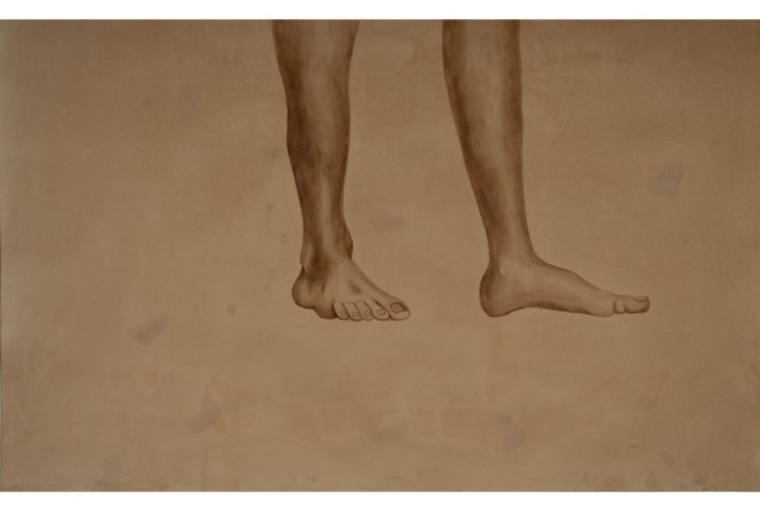
Further exploring this idea of othering and belonging, another key reference is the work of Pliny the Elder, the Roman historian, naturalist, and philosopher who wrote the Naturalis Historia, in which he dedicated an entire volume to India. Since he never visited the region, many of his accounts were from stories that had travelled far and wide before reaching him. For instance, he mentions a race of men that dwell upon a mountain called Nulo, who have their feet turned backwards and have eight toes on each foot. By asserting such stories with authorial command, he actively created lores of mirabilia—of the wondrous and marvellous beings of far-off lands, whose descriptions were most often coloured with oriental prejudices and (mis)perceptions of the “other”.
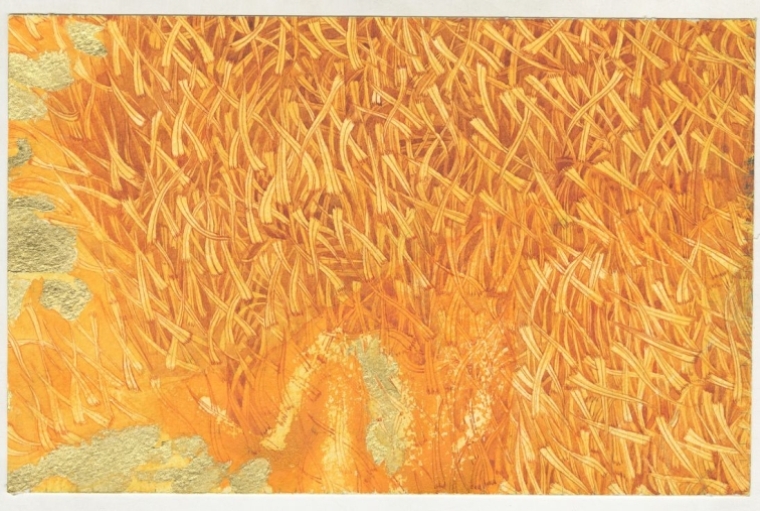
Gopa comments on this notion of authorial command and questions the need for absolute truths. By highlighting the lack of such truths through multiple histories and myths that feature in the botanicals, she urges the viewer to face their own discomfort with uncertainty. The series ‘Monsters of Our Making’ further distorts these so-called histories by inventing creatures of renewed fiction, suspended between the imaginary and the real.
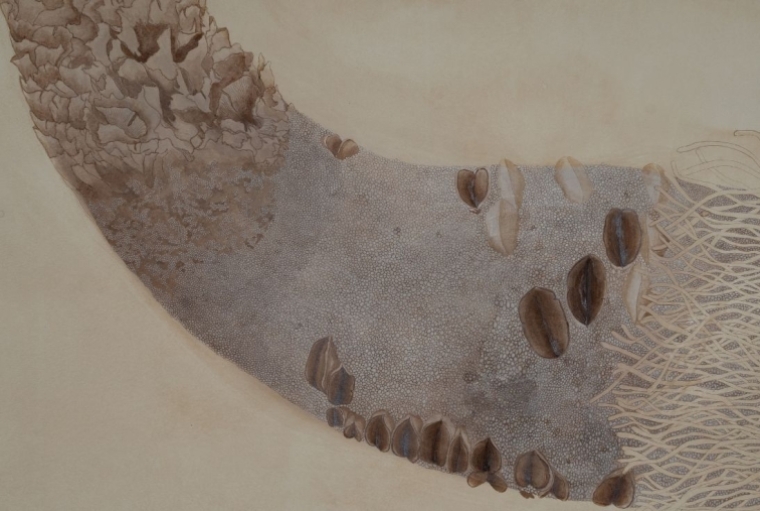
Composite “monsters” pose in stark contrast to their plain backgrounds as feathered bodies emerge from shoots and stalks, minute scales transform a fish to a lizard, and antlers bud into flowering branches. These are creatures in the making, existing in the world of the artist, and unleashed to inhabit the Gulistan that bridges what is ours and what is not.
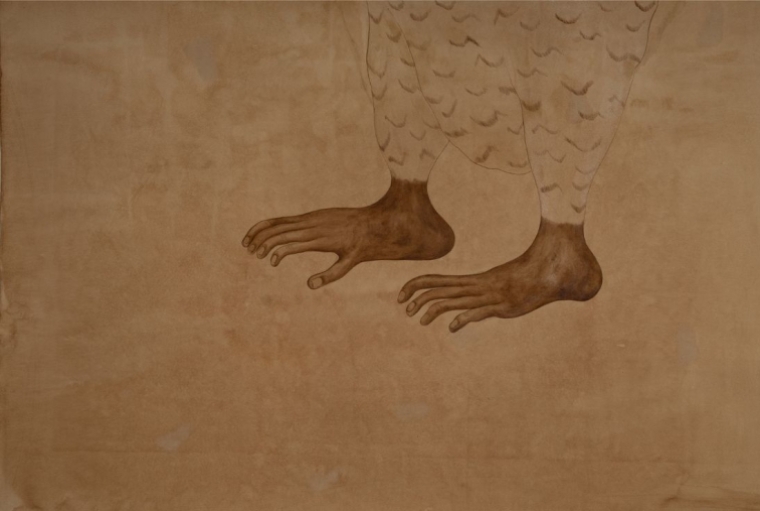
‘Gopa and I first connected over our mutual love for culinary histories and the tradition of miniature painting. As a gallerist, I’ve had the privilege of witnessing her growth as both a miniature painter and a storyteller. Gopa possesses a rare gift for weaving together narrative, history, and poetry, transforming them into visual expressions rich with insight, nature’s beauty, and aesthetic allure. Her works resonate with themes of mythology, origins, politics, and history in progress. The contemporary relevance of her art emerges from the way she integrates global literature, past events, and ancient stories, compelling audiences to engage with narratives that are often overlooked.
It’s fitting, then, that Gopa’s latest body of work elevates botanical and natural forms to central figures in her collection of over a hundred paintings—her Magnum Opus. These pieces convey an intricate tapestry of human, cultural, natural, historical, economic, colonial, imperial, political, horticultural, and biological stories. The layers of meaning are interspersed with interpretive references, presented in Gopa’s distinctive style and signature technique. In depicting the subtle and concealed details of the plant and insect realms, she brings to light broader narratives about human nature and its far-reaching effects on the natural world.’ - Bhavna Kakar, Founder-Director of LATITUDE 28
Words Gautami Raju
Date 04.11.2024